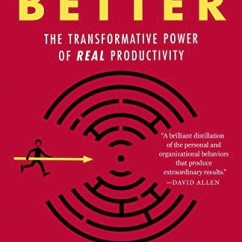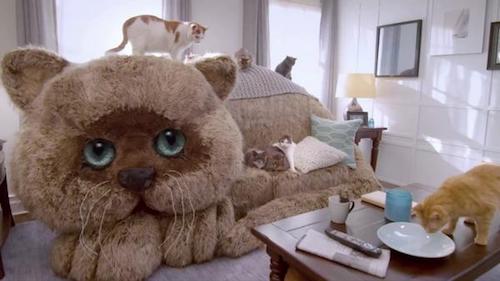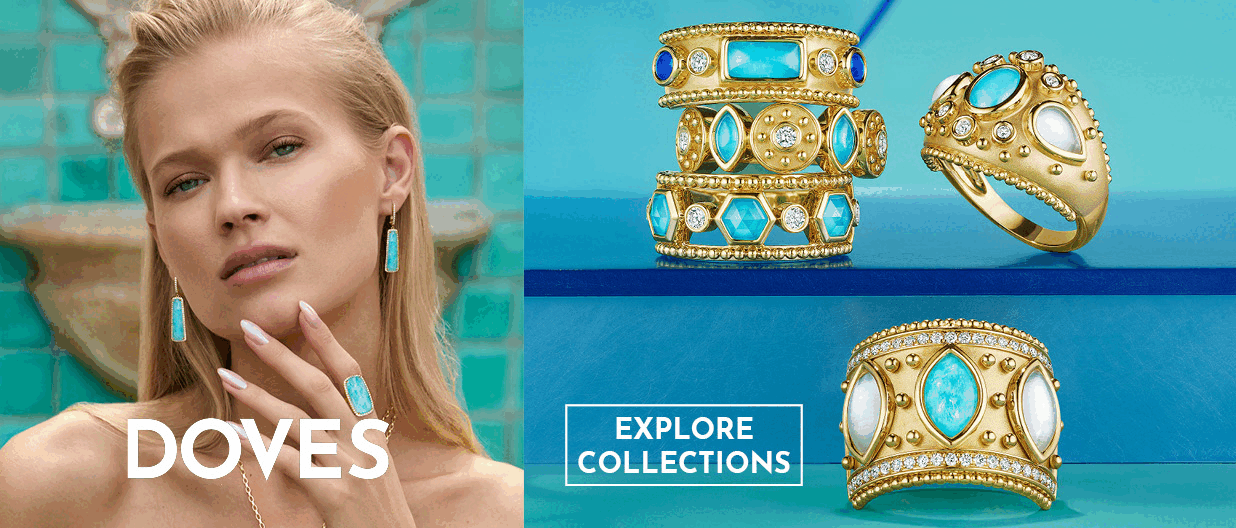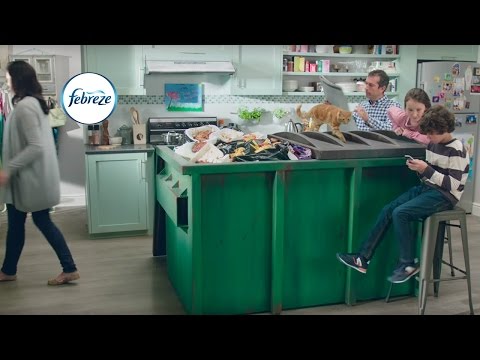Sales Strategy
Charles Duhigg, Author of ‘Smarter, Faster, Better,’ On Behaviors That Drive Sales | July 19, 2017 (0 comments)

Las Vegas, NV—Studying rats might seem like an odd way to boost sales, but it tells a lot about why people behave the way they do and why they buy a given product.
Charles Duhigg, author of Smarter, Faster, Better, was the keynote speaker for the recent Plumb Club breakfast in Las Vegas. He explained some core concepts that have helped both brands and retailers win consumers.
“Much of what we know about the science of selling comes from our knowledge about habits,” Duhigg said. By studying rats in a maze, observers can see how long it takes the rats to learn the path to the reward, a piece of chocolate. At first, the rats had to think to find the reward. After more than 150 times in the maze, there was very little neurological activity recorded as they went straight to the chocolate.
“Every habit is three things: cue, routine, reward,” explained Duhigg. If marketers can figure out how to put the right cues and rewards into an environment, they can influence how customers behave.
For instance, people who begin exercising tend to do two things: choose an obvious cue, (such as putting running shoes by the bed) and reward themselves (a treat or collecting their step count) when they’re done.
“Collecting the reward is critical. 40% - 45% of what you do every day is habit that you don't think about. When customers talk or vent, there's a habit there, and we can help them see what they really want,” he said.
He related the story of Febreze, which almost failed. Not because the product didn’t work to remove smells, but because the marketing didn’t tap into the right cues.
Like many other blockbusters, Febreeze was an accidental byproduct discovered during the search for something else. The active ingredient, a chemical called HPBCD, was originally being tested for Tide laundry detergent to make white clothes whiter. The research chemist testing it at Procter & Gamble was a smoker. One evening his wife asked if he’d quit smoking because his lab coat smelled fresh instead of like cigarettes, and that’s when he realized the chemical removed smells from clothing.
A magic smell remover should be an instant success, right?
“It was the biggest disappointment in Procter & Gamble history. They lost more money on Febreeze than any other product development,” said Duhigg. But P&G’s marketing folks made an impassioned plea to try again, and that’s when they hit on both cleaning habits—such as wiping a mirror and smiling at oneself in it afterwards—and the concept of “nose blind,” the theme of current Febreeze commercials.
The new game plan was to tap into an existing cleaning ritual as the cue, with the reward being that everything smells as good as it looks, even if you have 27 cats, as one test-marketer did. The new ad campaign never said outright what Febreeze does, but the idea came through clearly. Sales exploded and 14 years later, the ad campaign is still essentially the same.

“In order to create a habit, you have to be sure the reward you're creating is actually a real reward. You have to go figure out what reward a specific customer wants,” said Duhigg.
“It seems like such a challenging time because the rewards are changing so fast. The rewards of a brick and mortar store have to be different than the rewards of an online experience. The reward Millennials want is different than the reward their parents wanted.
“One of things we know about habits is that when our brains turn off, it’s so easy to stop questioning fundamentals we’ve learned over the years.”
The key is figuring out what specific reward the customer wants. “Make sure the reward we're delivering isn't something we think they should like, but is something they’ve told us they want. Once we diagnose those rewards, how do we create a delivery mechanism for them?”
One way is by taking old familiar elements and making them new by mixing them up. To illustrate, he pointed to two enormously successful Broadway plays, West Side Story and Hamilton. In West Side Story that mashup was gang members and ballet dancing; in Hamilton it was a founding father and hip-hop.
“It’s not just theater that abides by this found formula of old ideas put together in new ways,” he said. He related the story of a boat builder who designed the prototype bicycle helmet for children by looking at the structure of a boat and how it absorbed force. That shape became the standard for helmets and revolutionized children’s safety.
“When people are creative, it's not because they’re an artist waiting for a brainstorm but because they see themselves as an import/export dealer in ideas. You're in the business of telling stories and creating consumer experiences that feel new and vital and amazing.”
Millennials find different things rewarding, so that story is that the customer becomes a hero by buying the diamond that saves a village. The diamond is a symbol of empathy and compassion for the world. Or because they become the hero by being smart and savvy.
“The blend of surprise and cliché is that the surprise delights, and the cliché makes us feel comfortable,” said Duhigg.
Often, rewards are transactional. But those that contain some kind of emotional trigger are the ones that last longest, he said. “The instinct in all industries is to try and talk about the transactional rewards (i.e. getting a great deal) but the emotional reward is far more powerful.”
Finally, he shared his own story of getting engaged. The jeweler let him vent for 45 minutes, then said “I have the perfect ring for you.” Doing that, said Duhigg was a great gift to him, not his fiancé, who still got a beautiful ring.







